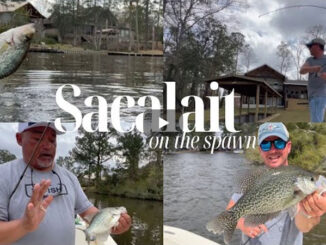Understanding oysters’ biological requirements key to successful scouting
You’ve probably found success fishing oyster reefs. If not, you’ll have a “honey hole” for life if you can locate one that consistently produces fish.
But finding such a spot is easier said than done.
To do it, you must understand what makes oyster reefs so great — and why oysters grow where they do.
Locating oyster reefs
Understanding oysters is key to locating where they are concentrated. Here are a few things to keep in mind: Oysters don’t like completely fresh water, and they are filter feeders.
So river water is not the place to look for oysters. It’s simply too fresh for them and they won’t live long if they are covered in it. Besides, if an oyster reef is covered in river water, then speckled trout won’t be there anyway.
But this doesn’t mean we should only look for oyster reefs in places where it is extremely salty, way outside the marsh.
Instead, we must find balance within brackish water.
Oysters are filter feeders
Oysters feed on plankton and organic detritus, a fancy biologist word for “crap.” They do this by opening their shells and filtering the water that passes through.
So it’s a dead giveaway that oysters don’t grow well in areas with little to no water movement. In fact, they grow best where water moves consistently.
Let’s put it all together
Understanding these two things, you should look for oyster reefs in areas with plenty of moving water and food for them to eat.
This equates to areas with good tide and brackish water, so locating tidelines reaching through bays and lagoons is a great start.
And to be clear, I don’t get wrapped around the axle over salinity levels: I just need to see that an area isn’t completely awash in river water.
Where are areas with good tide and brackish water?
That’s a good question, one that is explained much better in the video above, which is part of the “Finding the Best Fishing Spots” section of Inshore Fishing 101. If you liked it, then you would probably like the other 20-plus videos inside that section.
Interested to learn more? Then visit Inshore Fishing 101.
Editor’s Note: Devin Denman is an avid inshore fisherman who also writes the Louisiana Fishing Blog. To read more of his articles, visit lafishblog.com.


